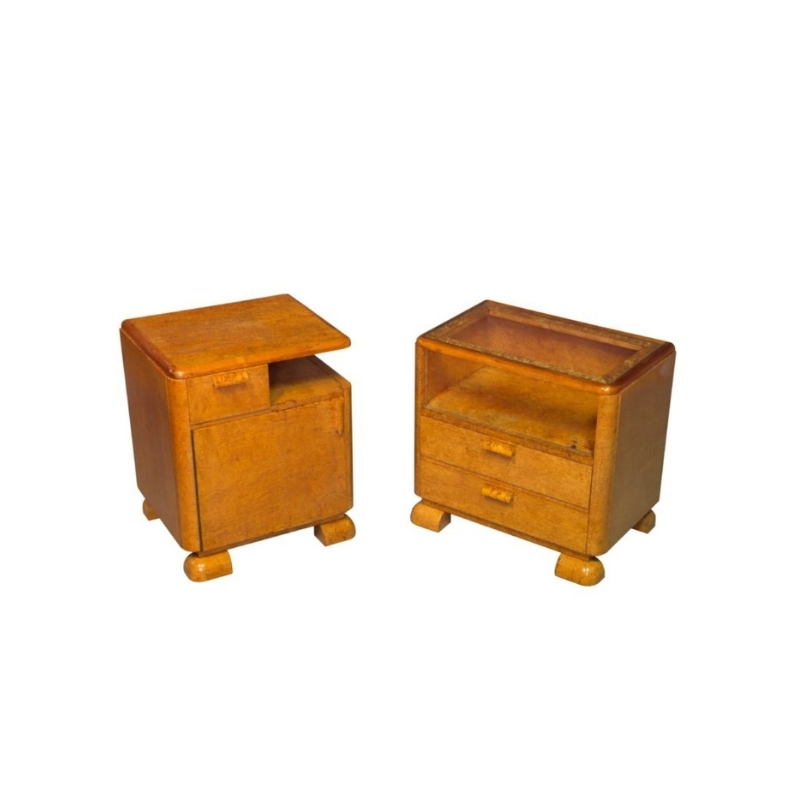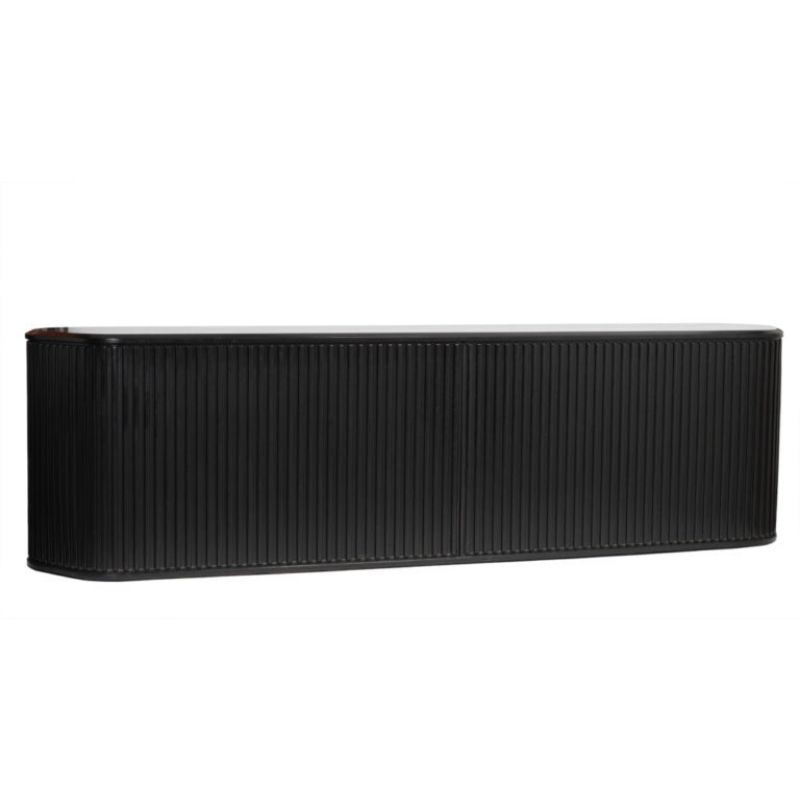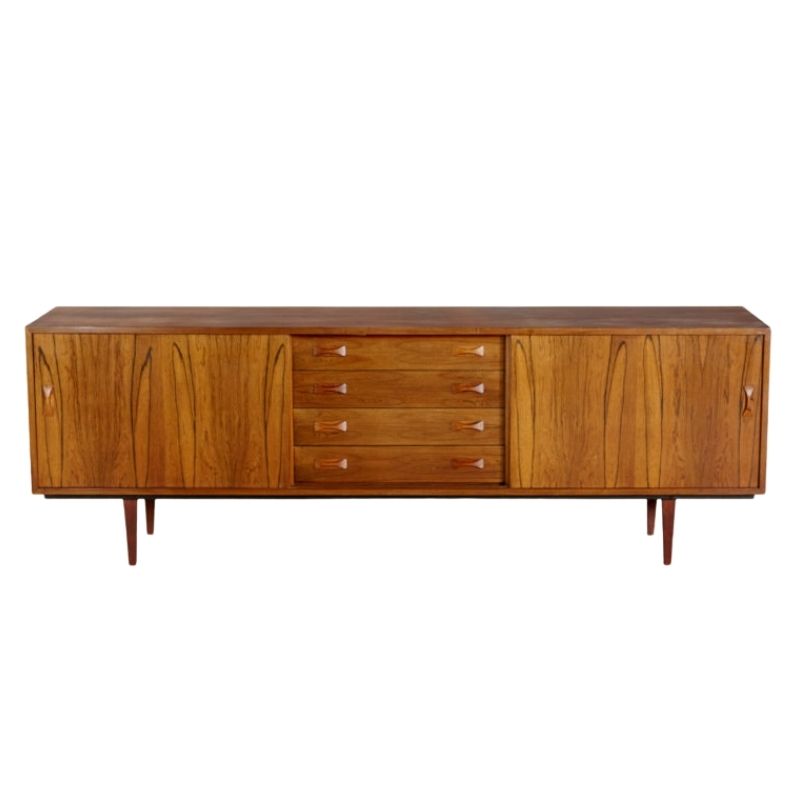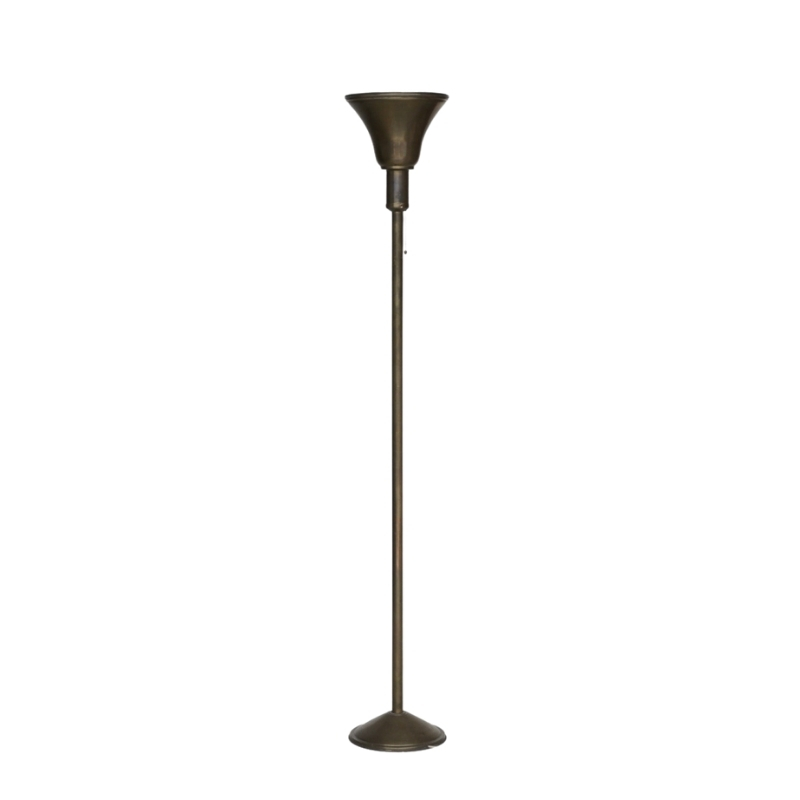Seamlessness
I would not be surprised if Noguchi worked on both the stone and the wood simultaneously.
It seems only responsible to do that.
If that is the way that the work is going to be presented, why wouldn't the artist bring it in for a landing and leave himself options of refinement in the variables in both elements?
That said, I haven't a clue as to his process.
But if i had to bet, I would bet he continued to work with both, once the stone was placed.
No rules in art. Its whatever works, so why wouldnt he allow himself every option?
Or maybe another way happend. Like he might have had a pile of the different bases, and just kept trying the stone part on different bases until one pair clicked?"
Someone reading this must know the answer... I dont.
.
Can we agree that the dollar value is of no importance, they are functional, well made and at least somewhat aesthetic in their coarse way and that was Noguchis intention?
Are they sculpture or integral to the whole? I'm not so sure, the stone would succeed with or without them to my eye and anything more finessed or overtly 'designed' would have distracted and competed.
It would be good if we could meet in the middle, agree on the basics and just accept that some (aside from the burners) have different, though still considered, views.
Its not up to us
Agree or disagree, Noguchi did what he did and that's that.
What's in those two photos above is what he DID, and that's good enough for me.
I think there is an obvious clarity THERE, in those two photographed pieces. The elements hang together very solidly. (for me)
The base, purchased by itself, is a wild card in one sense.
If the relationship of this new separate base and top was not chosen by the artist-- or deemed acceptable by him to leave that up to others to make that choice--then I think the authenticity of any marriage of base and top is diminished.
Even though the two pieces might be from Noguchi, the choice to put the two together would be the collectors choice and not the artists.
OH yeah but i agree! Like Hell I do! LOL
Tiresome, EH...
If you can't see that the pedestals are all damn similar in their simplicity despite the abstract forms atop varying greatly, your eye is failing you. Whatever the process, it's clear that the stands were constructed to display the sculptures free of distraction or possibly with a view to contrasting them slightly.
And as Heath said, the sculptures stand on their own. I see no fluidity.
Having read all of the above comments...
I wonder, didn't we have this same discussion regarding Nakashima just a few years ago? Just about the time the Arlen table sold for 30 mil.
Anyway, last week I was wandering through the MFA and stumbled onto an exhibit of Ellsworth Kelly wall sculptures (photo below). Various people wandered into the space and almost immediately walked out. I stayed for half an hour, not becuase I particularly liked the work, but because I could not for the life of me figure it out.
Who am I to simply dismiss things that I don't understand?
Or to put it another way: why would anyone spend 5k on a Barcelona chair when they can get an Ikea Poang for $80?
Just my two cents.
and...
He could have done away with the base entirely if he wanted no distractions. He could have gone with the generic white block pedestal if he wanted no distractions. There is a ton of character and complexity in those bases. They are minimalist in feeling yes, but they are certainly loaded in a way that NO base or a white base would not be. They are also CONTENT. They are the work tables, correct? They have meaning. (um, for me)
luciferSum, the photo??
Now Im dying to see the photo of the Kelly wall sculptures LuciferSum.
I think the thing went haywire and the link didn't work or something. Kelly is sometimes hard to get, I agree. Good of you to hang in and try to figure em out though. Sounds kind of like the extra half hour didn't help any though huh?
Yes, let's
see !
I can't deny that the Noguchi bases are not integral to the sculptures set upon them -- even if one of the pieces seems carefully placed to make the most of the twin leg panels in conjunction with the two lobes of the sculpture. I'd need to see more of these Noguchi pairings before committing myself to an opinion about them -- and it would be very instructive to the discussion as a whole, obviously . . . In the meantime, the concept of "work tables" seems apt. Maybe the sculptor's studio actually contained wooden work stands of some kind -- thus a comparison to the gallery display of paintings on painters' easels ?
.
I thought that too SDR, that they could be benches to work the stone on, scratch that, I've changed my mind.
But as you say who knows? Absolute positions on this don't really push the discussion forward.
Perhaps like tonsils or a kidney they're great things to have , a goodly part of you but you can get along pretty well without.
whitespike
So why did Noguchi put them on these bases then? Assuming he did. I think he obviously did. So it comes down to you not liking his choices in providing the best context for his work to be seen by others.
Thats cool.
Im sticking with Noguchi on this one. If i am wrong about the pairings being his choices then I would still say I find them far more enjoyable with the wood than without.
I agree that we disagree then.
Cool what you did for those kids this Christmas WhiteSpike.
If you need any help, please contact us at – info@designaddict.com









